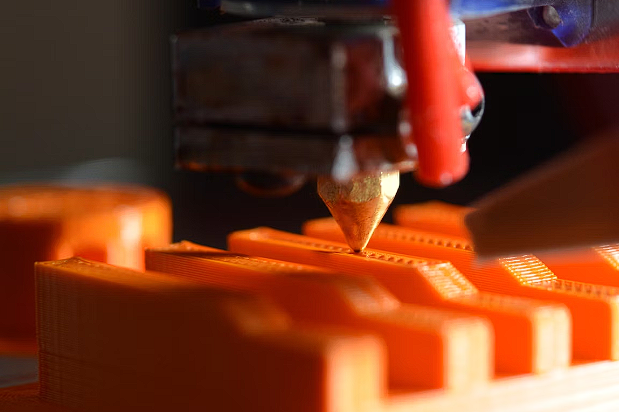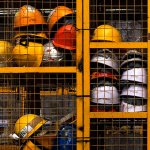The advent of 3D printing technology has catalyzed innovation across industries, and construction is no exception. 3D printing, also known as additive manufacturing, is revolutionizing the construction landscape, offering novel possibilities that reshape the way structures are designed and built. Let’s delve into the potential future advancements of 3D printing in construction.
1. Rapid and Cost-Effective Construction
3D printing promises faster construction. It allows for the rapid creation of complex structures with reduced material waste, potentially cutting construction costs significantly.
2. Customization and Design Freedom
Design possibilities expand. 3D printing enables intricate architectural designs and customization, allowing for the creation of unique, complex structures that were previously challenging to construct.
3. Sustainable Construction Practices
Sustainability takes center stage. Additive manufacturing in construction promotes sustainable practices by using eco-friendly materials and reducing waste during the building process.
4. On-Site Printing and Remote Construction
Mobility and versatility increase. The future may witness portable 3D printers capable of on-site printing, enabling construction in remote or disaster-stricken areas.
5. Large-Scale Printing and Structural Integrity
Scale becomes limitless. Advancements aim to facilitate the printing of larger structures with enhanced structural integrity, making 3D printing viable for full-scale buildings.
6. Integration of Smart Technology
Smart construction with 3D printing. Integration of sensors and IoT devices during printing enhances functionality, allowing for smart, self-monitoring structures.
7. Materials Innovation and Compatibility
Material diversity expands. Continued research explores a wider array of compatible construction materials, including recycled materials and novel composites.
8. Building Automation and Robotic Construction
Automation drives efficiency. Robotics and automated processes in 3D printing lead to increased construction speed and precision, minimizing manual labor.
9. Regulatory Frameworks and Standardization
Regulation catches up. Future developments will likely involve standardization and regulatory frameworks to ensure safety and quality compliance.
10. Adoption in Space Exploration and Mars Colonization
A leap towards extraterrestrial construction. 3D printing is considered for constructing habitats and infrastructure in space, facilitating future space exploration.
Conclusion: Pioneering Construction with 3D Printing
The future of construction with 3D printing is promising, poised to transform the industry with faster, more sustainable, and highly customizable building methods. As technology advances and adoption increases, the potential applications of 3D printing in construction are vast, paving the way for a new era in building innovation.


